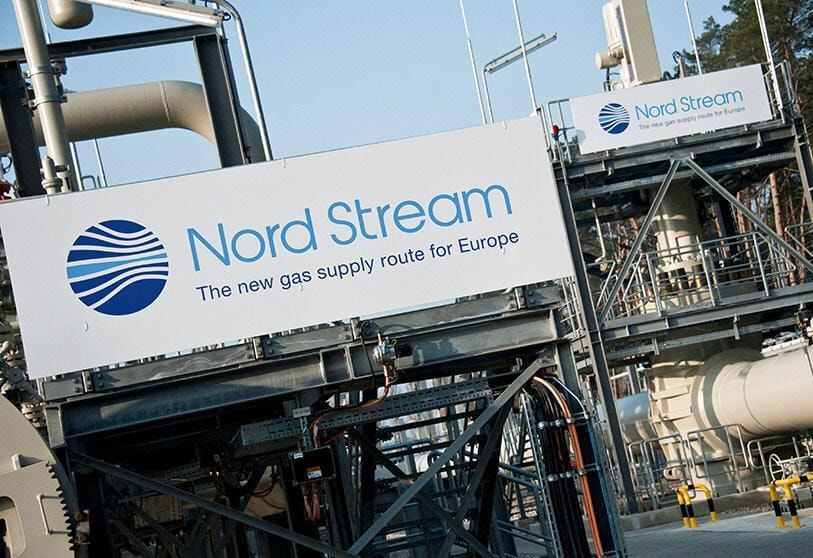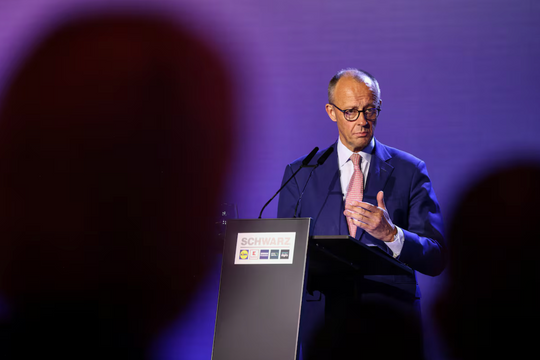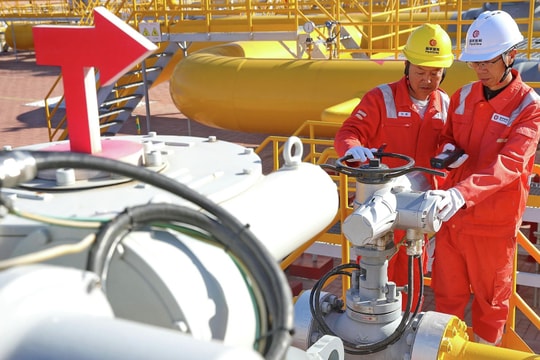The worst-case scenario for Europe's energy crisis
(Baonghean.vn) - The complete shutdown of Russia's Nord Stream gas pipeline has made the worst-case scenario for European countries a reality. This is the author's opinion in an article written for The Wall Street Journal.
Journalists note that following the announcement of the complete closure of the Nord Stream gas pipeline, prices for natural gas and electricity first rose by a third, then by more than 10%. This led to a record 20-year fall in the euro and in the future, prices rose to historic highs, posing the risk of higher inflation, poorer consumers and putting pressure on energy-intensive industries that are experiencing a wave of plant closures.
 |
| Nord Stream pipeline. Photo: AP |
European nations are trying to soften the energy blow from the Russian gas cutoff. Germany has extended the operation of two nuclear power plants that were previously shut down and allocated $6.5 billion to support vulnerable households and businesses. France said it would resolve a major bottleneck in Europe’s gas flow, allowing it to export gas to Germany in exchange for electricity supplies.
"The main goal is to limit the frenzied moves in the electricity market that are forcing European businesses to close. Options include temporary measures to limit gas import prices, including those used to generate electricity, as well as curbing the profits of renewable, nuclear and hydropower companies with low operating costs. Income exceeding a certain level would be recovered and redistributed to consumers," - WSJ quoted the collected documents.
On September 2, G7 finance ministers confirmed plans to introduce a "price ceiling" on Russian oil and called on "all countries" to join the initiative. Earlier, European Economic Commissioner Paolo Gentiloni said that the European Commission's goal is to implement the price ceiling until December 5, 2022 for crude oil and February 5, 2023 for oil products from Russia./.








